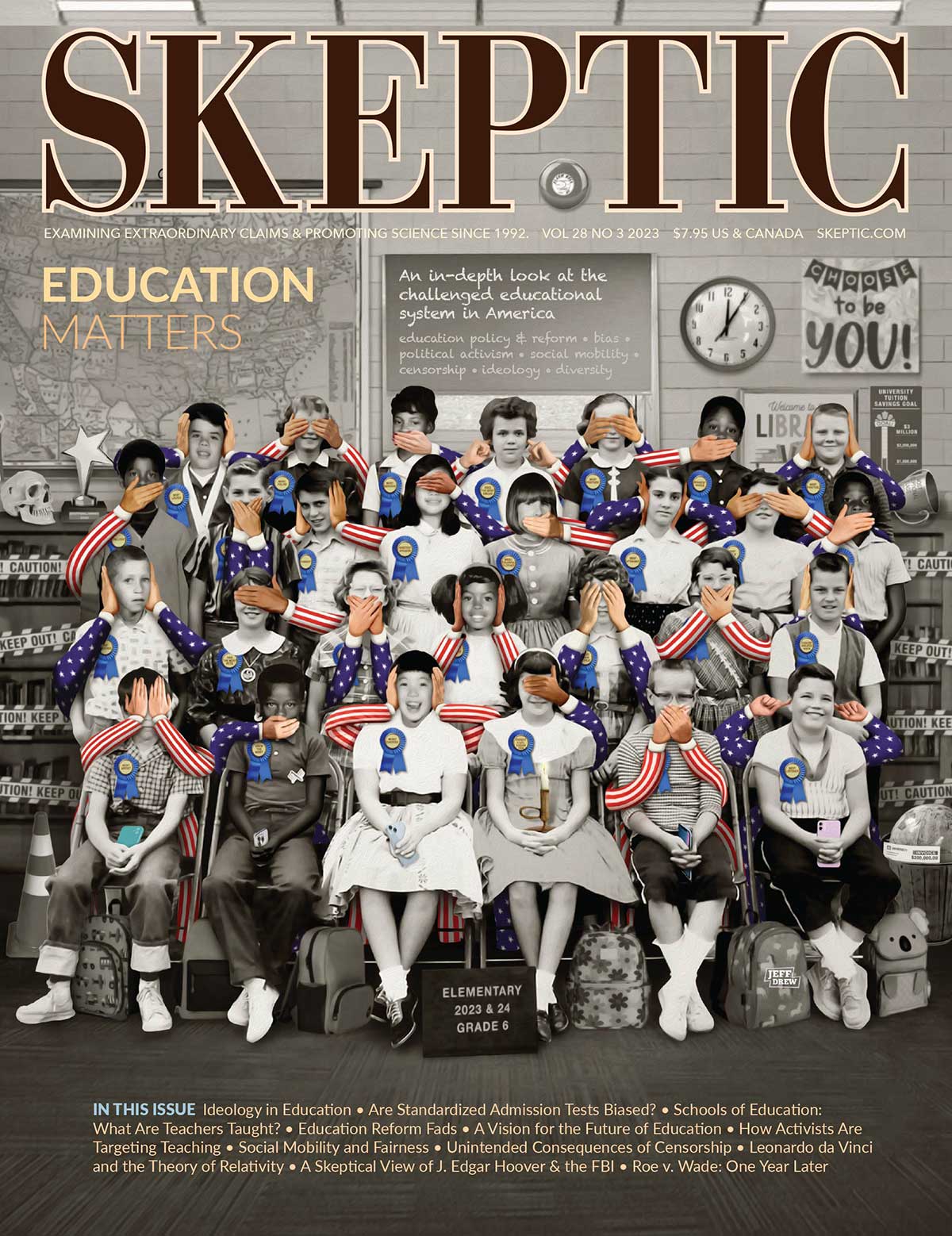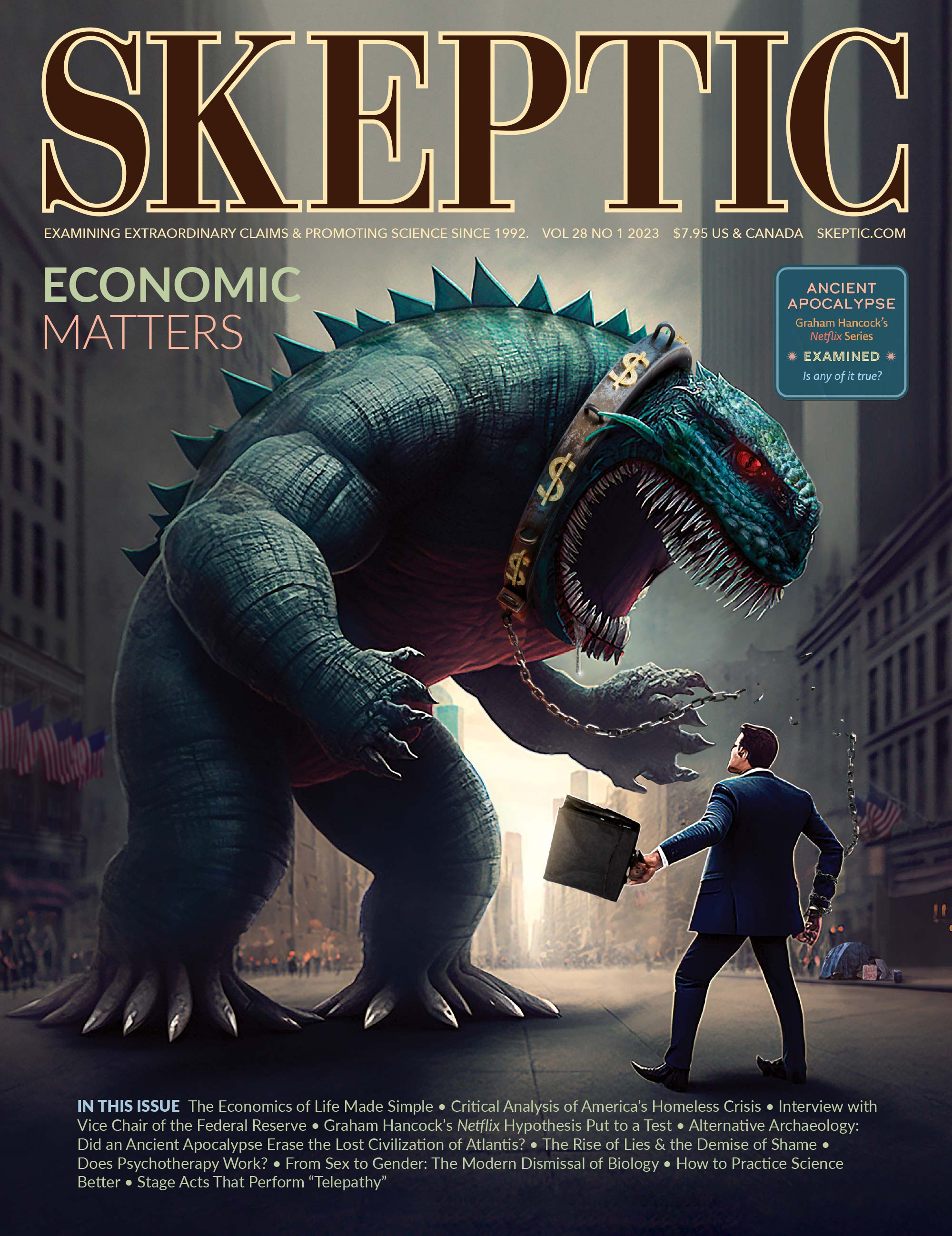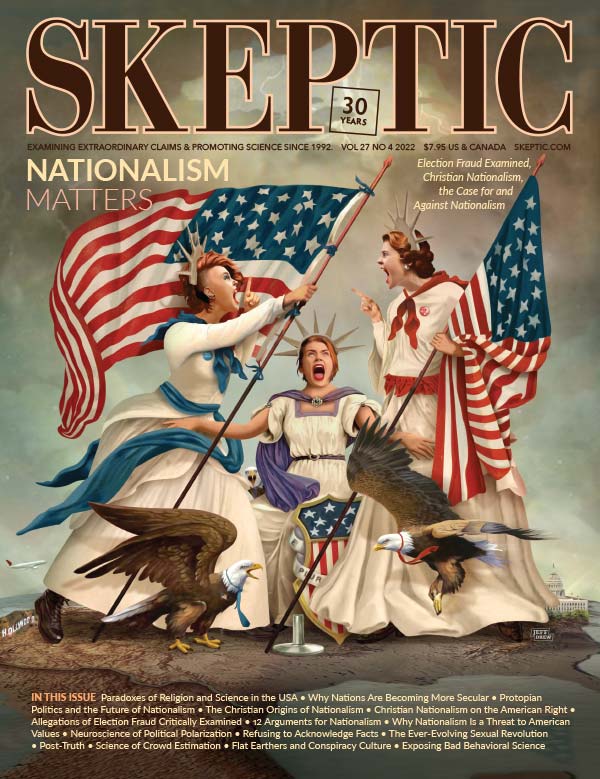debunking
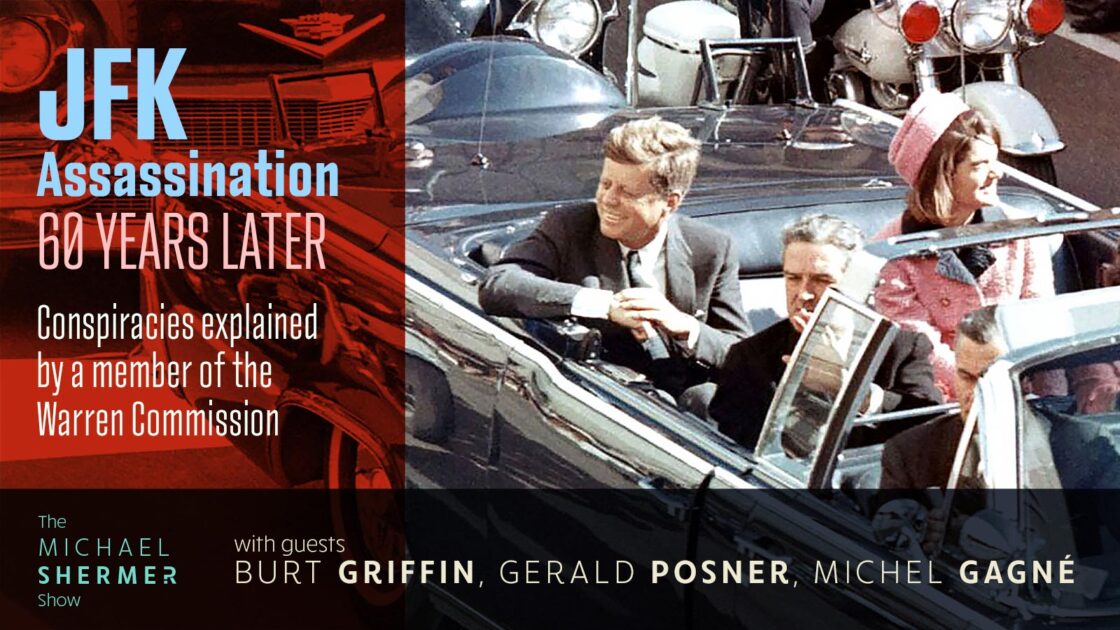
Shermer, Griffin, Posner, and Gagné discuss: the nostalgic myth of “Camelot” • Lee Harvey Oswald and why he killed Kennedy • Cuba, Castro, the Bay of Pigs debacle • the CIA and why it is rational to be skeptical of their activities • the “magic bullet,” pristine or predictably damaged? • James Hosty and the FBI’s files on Oswald before he killed JFK • CIA and FBI coverups • General Edwin Walker • Jack Ruby • Bernard Weissman, • common…

In this review of investigative journalist Kelly Weill’s important book on the flat Earth movement, the people involved, and their psychology, readers will discover that the flat Earth movement contains a great diversity of beliefs. As an example, an obvious question is why don’t we find an edge? Well, some say, there is an edge—it’s the Antarctic which forms an ice wall around the flat Earth to keep the oceans from spilling over the edge. But regular people can’t go…
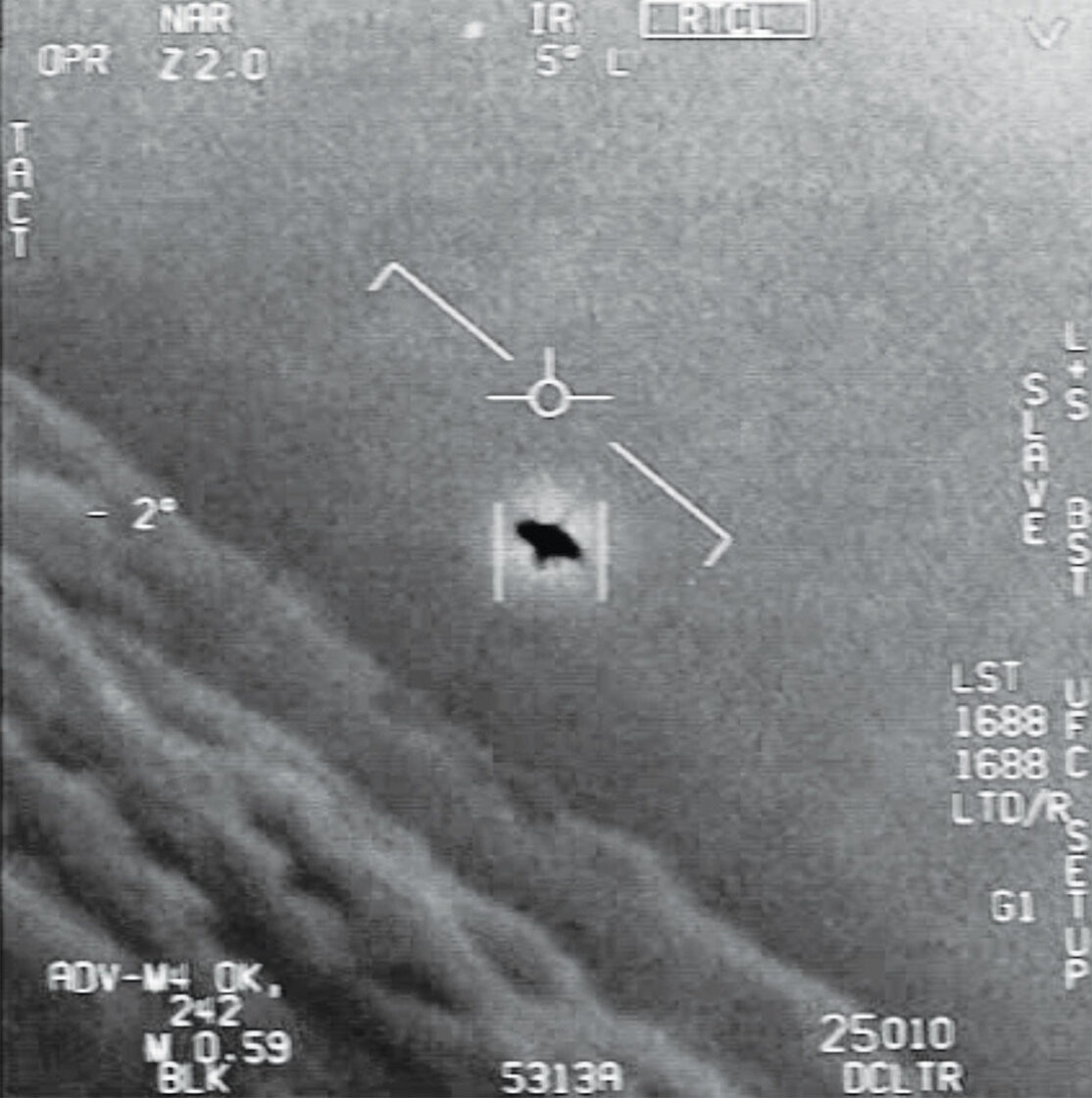
In recent years the UFO phenomena has reached a new fever pitch over a handful of grainy videos and blurry photographs under the rubric of UAP, or Unidentified Aerial Phenomena. What are those objects in the videos and photographs? Alien spacecraft? Russian or Chinese spy drones? In this masterclass in analytical reasoning based on what little there is to assess, Mick West argues that the most famous of the UAPs, the Gimbal video, is most likely an artifact of the…
Tim Farley takes a look at a perhaps unexpected source of online tools of use for skeptics—the newspaper industry.
Tim Farley looks into the origin of the saying "keep an open mind, but not so open your brain falls out," and finds it is older than most skeptics may think.
In this week’s eSkeptic, Michael Shermer reviews Sharon Weinberger’s book Imaginary Weapons: A Journey Through the Pentagon’s Scientific Underworld.
In this week’s eSkeptic, Michael Shermer receives a press release from Jon-Erik Beckjord, a long-time Bigfoot hunter, along with four photographs of the mysterious creature. Maybe Shermer is just a lousy pattern-seeking primate, but he just can’t see Bigfoot at all, even when he squints and uses his imagination.
In this week’s eSkeptic, the Sunday Times science editor Jonathan Leake writes about Percy Seymour’s new theory of astrology. David Hackett Fischer explores the origins of “Debunking.” Also, letters on Roman Catholic atheism and Freeman Dyson’s endorsement of the paranormal.
In this week’s eSkeptic, Michael Shermer responds to Freeman Dyson’s assertion that there are valid reasons to believe in the paranormal. Curtis Cameron exposes the errors in ABC’s Primetime Thursday.
In this week’s eSkeptic, Dennis Cass reviews Penn & Teller’s Bullshit!. Michael Shermer reviews Knocking on Heaven’s Door: American Religion in the Age of Counterculture, by Mark Oppenheimer. David Voron explores the idea of a secular Passover Haggadah.








